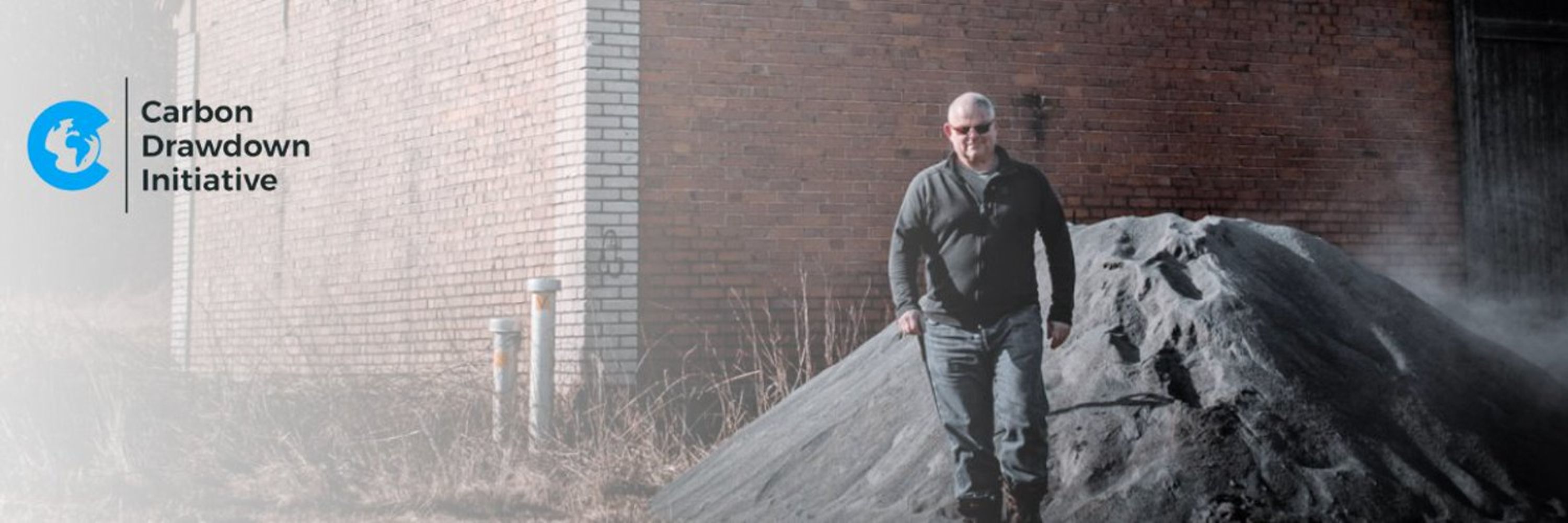
CEO Carbon Drawdown Initiative https://www.carbon-drawdown.de
VP Negative Emissions Platform https://negative-emissions.org/
My company’s growth had pushed me past my personal limits.
From 2012-2016, Paessler scaled from 40 to 200 people.

My company’s growth had pushed me past my personal limits.
From 2012-2016, Paessler scaled from 40 to 200 people.



When we started our field experiments 4½ years ago, we put up a sign to explain what we were doing with all that rock dust. Curious passers-by kept asking, “what the hell is happening here?”

When we started our field experiments 4½ years ago, we put up a sign to explain what we were doing with all that rock dust. Curious passers-by kept asking, “what the hell is happening here?”
He said there is a group of young people who believe the highest good for their lives is to not do anything bad, to leave no trace of their existence—no pollution, no carbon footprint, no waste.

He said there is a group of young people who believe the highest good for their lives is to not do anything bad, to leave no trace of their existence—no pollution, no carbon footprint, no waste.


But how do we know HOW MUCH FASTER things happen in the greenhouse?

But how do we know HOW MUCH FASTER things happen in the greenhouse?

Cement drives nearly 10% of global CO₂ emissions. Kenya is urbanizing quickly, with 250,000 new homes being built each year until 2030.

Cement drives nearly 10% of global CO₂ emissions. Kenya is urbanizing quickly, with 250,000 new homes being built each year until 2030.
I spent almost three weeks in Barcelona this October. Not the four-day tourist sprint, but living the rhythm of the city.




I spent almost three weeks in Barcelona this October. Not the four-day tourist sprint, but living the rhythm of the city.
Measuring carbon dioxide removal (CDR) from enhanced weathering (EW) in the real world sounds straightforward: apply rock dust to fields, measure the results, done. The reality? Much messier.

Measuring carbon dioxide removal (CDR) from enhanced weathering (EW) in the real world sounds straightforward: apply rock dust to fields, measure the results, done. The reality? Much messier.


He’s the man who rescued Nokia from bankruptcy and guided it back to becoming one of the world’s most resilient tech companies.
He’s the man who rescued Nokia from bankruptcy and guided it back to becoming one of the world’s most resilient tech companies.


𝗦𝘁𝗮𝗴𝗲 𝟭: 𝗥𝗼𝗰𝗸 𝗣𝗿𝗼𝗱𝘂𝗰𝘁𝗶𝗼𝗻 𝗮𝗻𝗱 𝗧𝗿𝗮𝗻𝘀𝗽𝗼𝗿𝘁 (𝗧𝗵𝗲 𝗦𝘁𝗮𝗿𝘁𝗶𝗻𝗴 𝗟𝗶𝗻𝗲):
Think of this as the preparation stage. We measure the emissions related to the production, transport and spreading of rock, which is fairly straightforward.

𝗦𝘁𝗮𝗴𝗲 𝟭: 𝗥𝗼𝗰𝗸 𝗣𝗿𝗼𝗱𝘂𝗰𝘁𝗶𝗼𝗻 𝗮𝗻𝗱 𝗧𝗿𝗮𝗻𝘀𝗽𝗼𝗿𝘁 (𝗧𝗵𝗲 𝗦𝘁𝗮𝗿𝘁𝗶𝗻𝗴 𝗟𝗶𝗻𝗲):
Think of this as the preparation stage. We measure the emissions related to the production, transport and spreading of rock, which is fairly straightforward.

That’s the problem Carbonfuture set out to solve.

That’s the problem Carbonfuture set out to solve.
When we tried to purchase ~200 tonnes of near-term (2025+) CDR ourselves, only two vendors had true “buy now” checkout.

When we tried to purchase ~200 tonnes of near-term (2025+) CDR ourselves, only two vendors had true “buy now” checkout.



